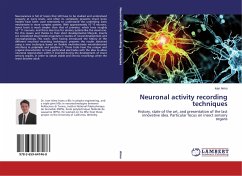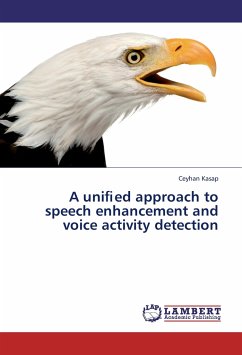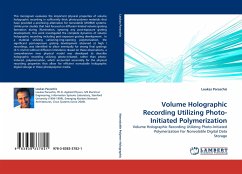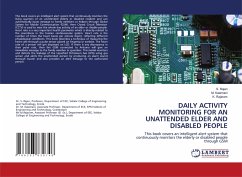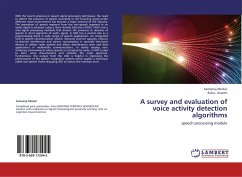Neuroscience is full of topics that still have to be studied and understood properly at every levels, and often its complexity prevents. Insect brain models have been used extensively to understand the underlying basic mechanisms in more complex systems. With approximately 10^6 neurons, insect brain is much simpler than that of primates, which have roughly 10^11 neurons, and this is also true for sensory systems like the visual one. For this reason and thanks to their short developmental lifecycle, insects are considered ideal model organisms in studies of neural development and neurophysiology. This work, after having introduced the history of the different neuronal recording techniques, presents the results obtained using a new technique based on flexible multi-electrode microfabricated interfaces in polyimide and parylene C. These tools have the unique and original characteristic to have perforated electrodes with the idea to allow neuronal regeneration within if inserted during the development of insect sensory organs, in order to obtain stable and chronic recordings when the insect become adult.
Bitte wählen Sie Ihr Anliegen aus.
Rechnungen
Retourenschein anfordern
Bestellstatus
Storno

